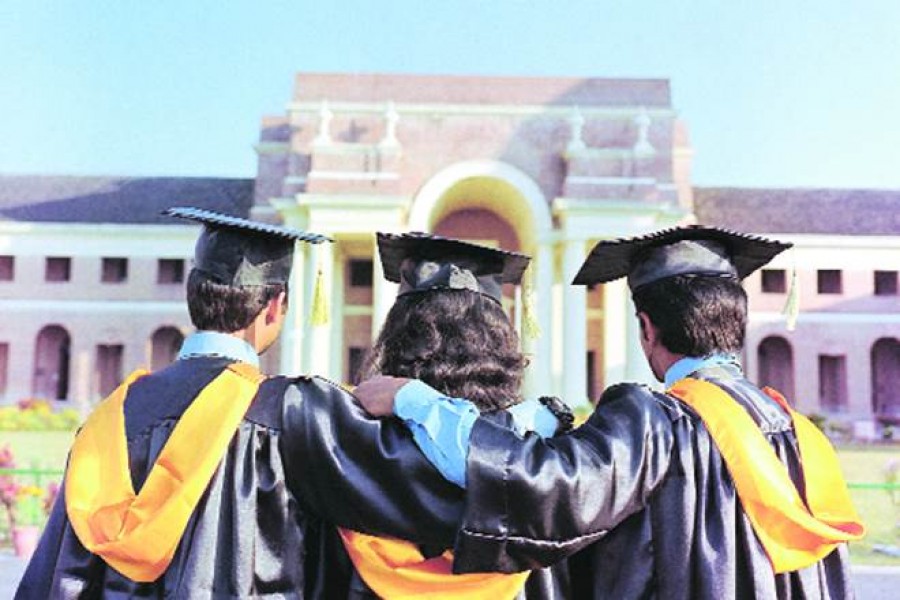Governments across the world are struggling to keep pace with the rapidly rising demand for higher education as many families cannot afford it. Recently, the Paris-based United Nations Educational, Scientific and Cultural Organisation (UNESCO) reported that the number of university level students doubled to 207 million from 2000 to 2014.
The new policy paper from the Global Education Monitoring (GEM) Report and the International Institute for Educational Planning (IIEP) at UNESCO made six specific recommendations to policymakers for ensuring higher education. These included: (i) keeping an eye on the target and making sure that those who need help the most are getting it, (ii) guaranteeing equity and affordability in regulatory frameworks, (iii) stepping up monitoring and establishing national agencies to ensure equal opportunities, (iv) using different admissions criteria to respond to different individuals' needs, (v) establishing an agency to coordinate different forms of student aid, such as loans and grants; and (vi) limiting student loan repayments to 15 per cent of their annual income.
Equitable and affordable higher education is essential for reaching the Sustainable Development Goals (SDGs). The demand for higher education will continue to rise in most countries and, as it does, governments across the world need to respond by ensuring that all groups can access affordable, quality education programmes.
It has been found that only one per cent of the globe's poorest have spent more than four years in higher education, compared to 20 per cent of the richest across the world. Disadvantaged groups are also missing out. In China, the emerging global power and second to the developed United States, young men and women from rural areas are seven times less likely to attend university than students from urban areas.
Access to higher education has expanded most rapidly in wealthier countries. Compared to 74 per cent of young adults in the richest countries, only eight per cent of young adults are enrolled on an average in the poorest countries including Bangladesh. The greatest gender disparities are found among the poorest countries of the world as well. Women made up only 30 per cent of bachelor students in low-income countries in 2014. In certain countries with deep-rooted social inequities, affirmative action through quota or bonus systems may be necessary to expand access to underrepresented groups, even if these mechanisms are controversial.
The UNESCO advised governments to use a combination of policies to help the disadvantaged. These include: (i) lowering tuition fees, (ii) increasing need-based scholarships and (iii) adjusting loan repayments according to income, in order to help families manage the costs.
In countries like Bangladesh, in addition to managing the steep costs of higher education, financially not very well-off families have to encounter the problem of lack of social awareness and understanding of the importance of higher education outside the domain of professional life. The absence of sufficient infrastructural facilities for higher education is also a serious hurdle.
Sarwar Md Saifullah Khaled is a retired Professor of Economics, BCS General Education Cadre.


